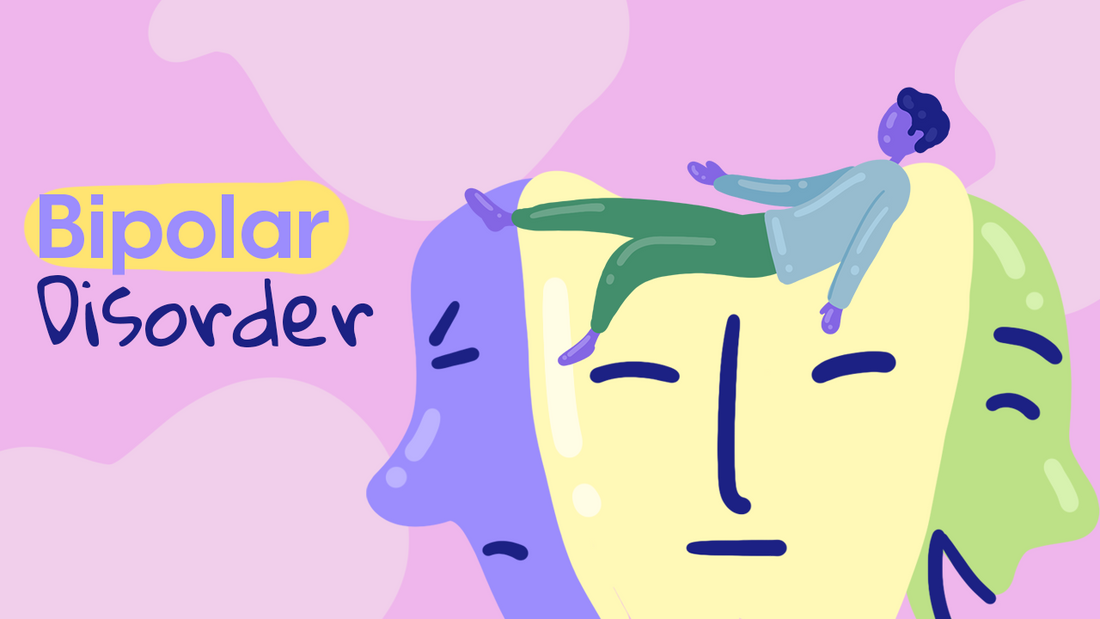What is Bipolar Disorder? 🤔
- Mood Disorder: Bipolar Disorder is a mental health condition characterized by extreme mood swings, including emotional highs (mania or hypomania) and lows (depression).
-
Types of Bipolar Disorder:
- Bipolar I Disorder: At least one manic episode lasting at least 7 days, often followed by depressive episodes.
- Bipolar II Disorder: A pattern of depressive and hypomanic episodes, but no full-blown manic episodes.
- Cyclothymic Disorder: Periods of hypomania and mild depression lasting at least 2 years.
Common Symptoms: 📝
During Mania/Hypomania:
- Euphoric Mood: Feeling unusually happy, energetic, or irritable.
- Impulsivity: Risky behaviors like spending sprees or reckless decision-making.
- Racing Thoughts: Difficulty focusing due to an overflow of ideas.
During Depression:
- Low Energy: Fatigue and lack of motivation.
- Persistent Sadness: Feelings of hopelessness or worthlessness.
- Physical Symptoms: Changes in appetite, sleep patterns, or chronic pain without a clear cause.
Managing Bipolar Disorder: 🌱
- Therapy & Medication: Often includes mood stabilizers, psychotherapy (like CBT), and education about the disorder.
- Emotional Intelligence (EI): Learning to identify, regulate, and understand emotions can be incredibly beneficial for managing mood swings. How Goal Heights Can Help: At Goal Heights, we offer EI coaching and counseling tailored to support emotional regulation and decision-making, essential tools for individuals with Bipolar Disorder.
Remember: Bipolar Disorder is manageable with the right treatment plan, support system, and coping strategies. Seeking help is a sign of strength! 💪
Sources:
- National Institute of Mental Health (NIMH): https://www.nimh.nih.gov/health/topics/bipolar-disorder
- Mayo Clinic: https://www.mayoclinic.org/diseases-conditions/bipolar-disorder/symptoms-causes/syc-20355955
- American Psychiatric Association (APA): https://www.psychiatry.org/patients-families/bipolar-disorders
- MedlinePlus (NIH): https://medlineplus.gov/bipolardisorder.html
